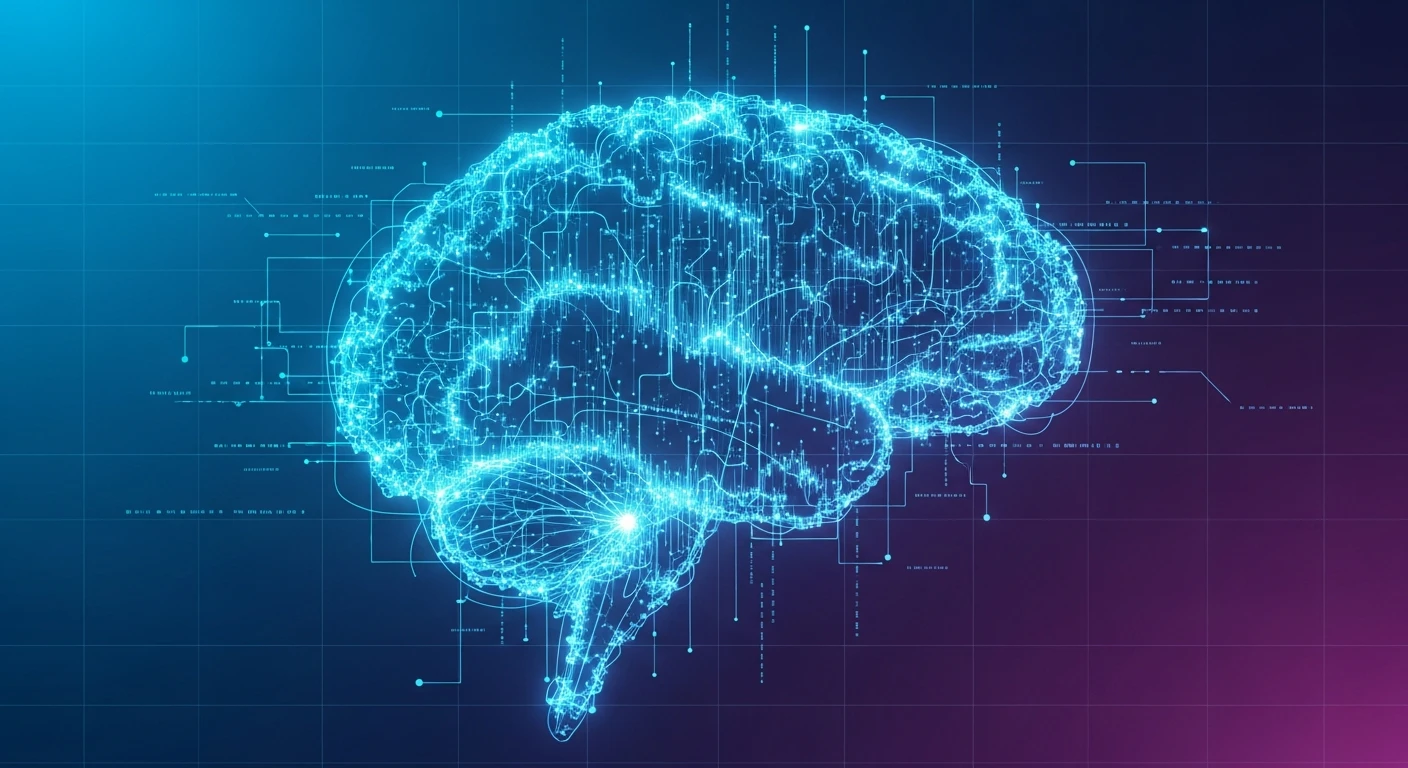
Navigate Your
Tech Career
with Confidence
Data-driven degree rankings, technical deep dives, and career guidance for the AI era. Built by engineers, for engineers.

Data-driven degree rankings, technical deep dives, and career guidance for the AI era. Built by engineers, for engineers.
From cutting-edge AI research to practical career advice, we cover the full spectrum of technology education.
Comprehensive rankings for 6 flagship programs with coverage across all 15 major states.
15 state rankings
Study of computation, algorithms, programming languages, and information systems
15 state rankings
Development of intelligent systems and machine learning algorithms
15 state rankings
Extraction of insights from data using statistical and computational methods
15 state rankings
Protection of computer systems, networks, and data from cyber threats
15 state rankings
Systematic approach to software development, design, testing, and maintenance
15 state rankings
Application of computers and telecommunications to store, retrieve, and transmit information
Explore our most popular articles on AI, machine learning, and modern software engineering.
Salary benchmarks, career ladders, and practical advice for advancing in tech.
Hakia was one of the early pioneers in semantic search technology, competing with Google in the 2000s. Today, we leverage that deep AI expertise to help the next generation of engineers navigate their careers.
Explore our comprehensive degree rankings and find your perfect program.